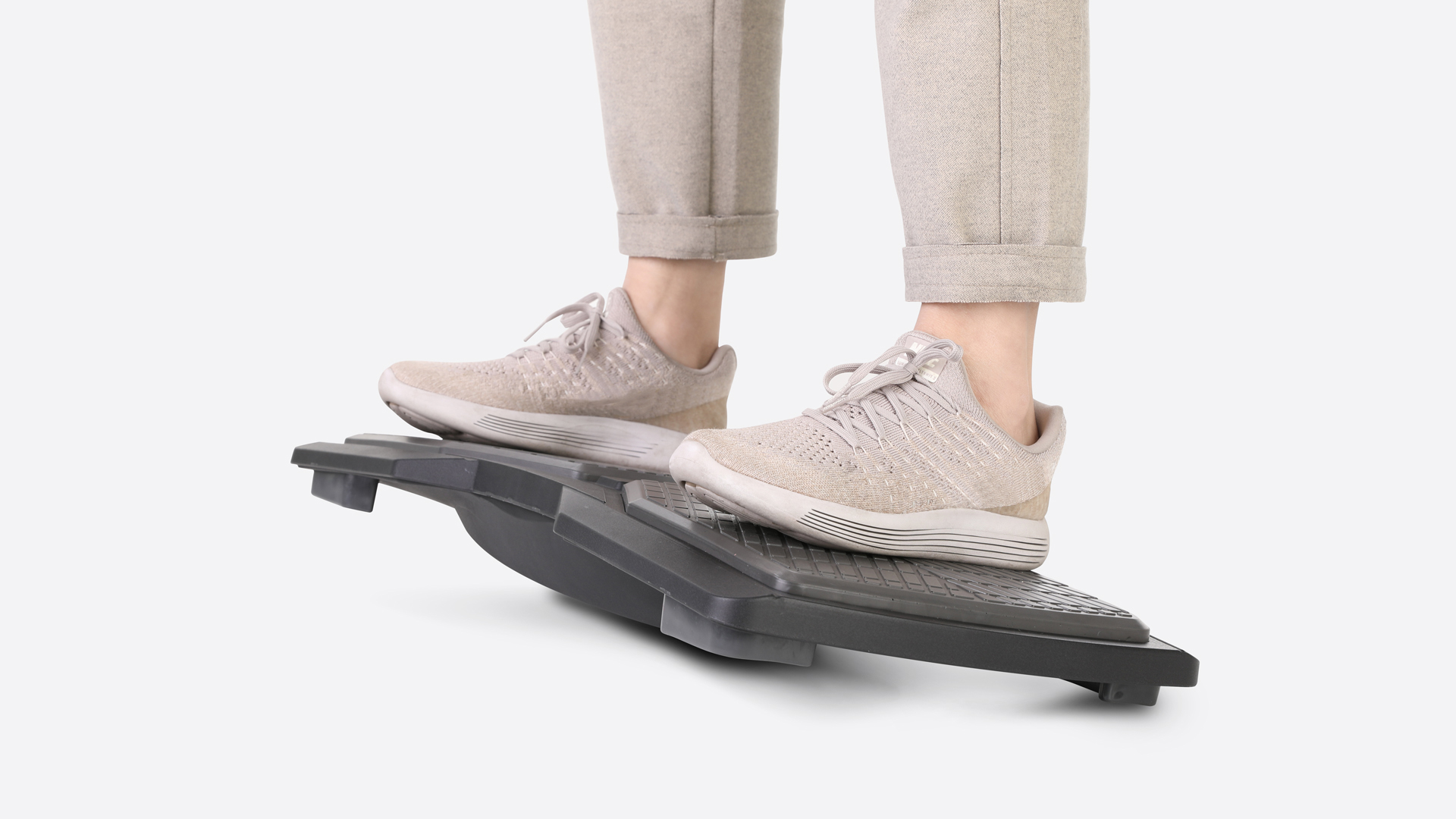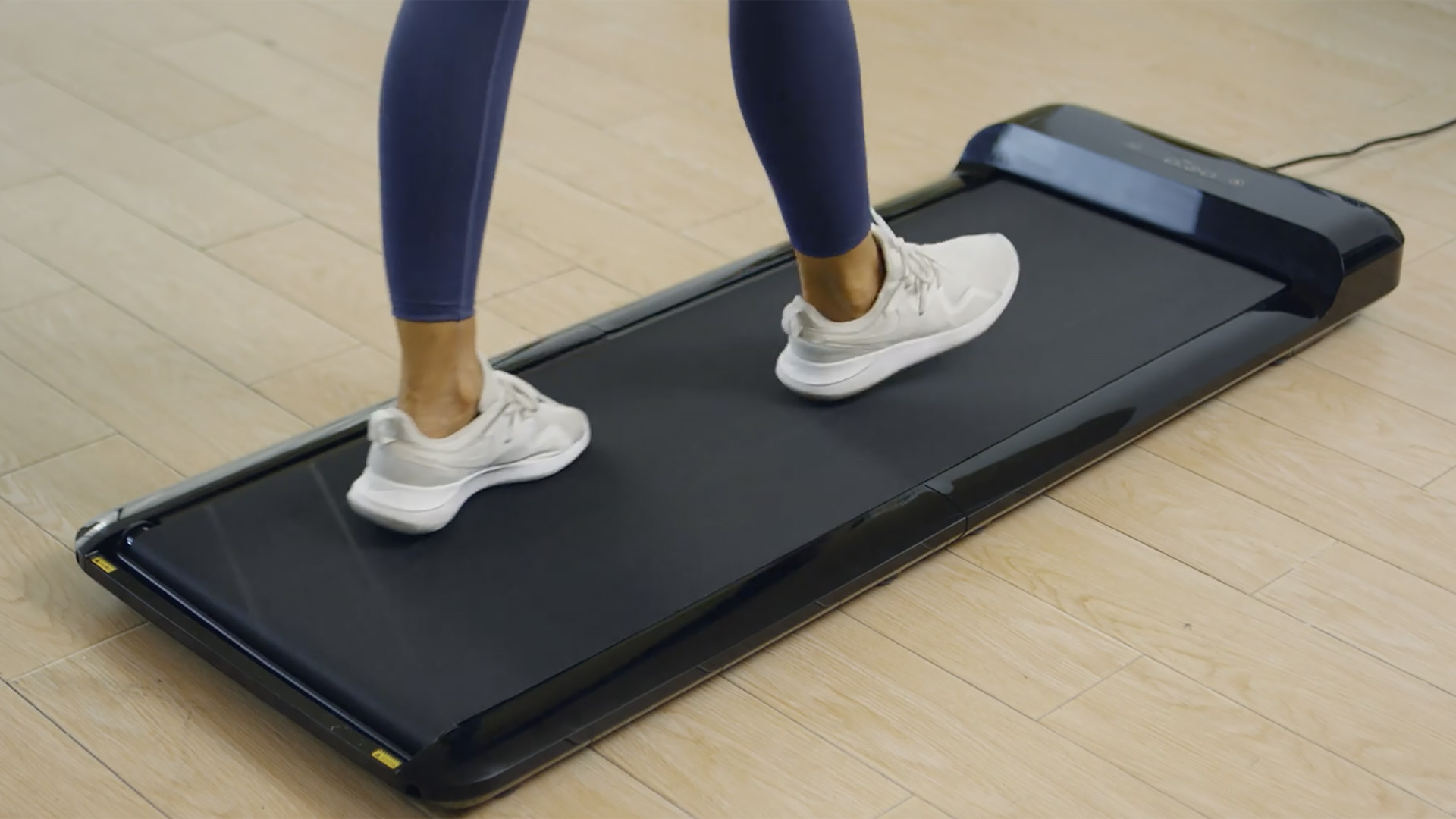
Weight Gain Calorie Calculator | Your Ultimate Guide to Gaining Weight Safely
Table of Contents
For many people, gaining weight can be just as challenging as losing weight. Whether you're trying to build muscle, recover from being underweight, or simply achieve a healthier body weight, a weight gain calorie calculator can be an essential tool. In this guide, we’ll explore what a calorie calculator is, how to use it, how to combine it with healthy food choices, and address common myths and risks of being underweight. Finally, we’ll tackle some frequently asked questions.
1. What is a Weight Gain Calorie Calculator?
A weight gain calorie calculator estimates how many calories you need to consume daily to gain weight. It calculates your Basal Metabolic Rate (BMR)—the number of calories your body burns at rest—and your Total Daily Energy Expenditure (TDEE), which takes into account your activity level. The result is a target calorie intake that helps you gain weight in a controlled, healthy way by creating a calorie surplus.
The calculator is also useful for those seeking to find a balance between calorie calculator for weight loss and muscle gain, as it can guide you toward the right combination of food and exercise to gain muscle while managing fat accumulation.
1.1. Usage of a Weight Gain Calorie Calculator
Using a weight gain calorie calculator can help you:
- Tailor your caloric intake: Input your personal data to get a customized result based on your age, weight, height, and activity level. This ensures you’re following a caloric plan tailored to your unique needs.
- Set clear goals: Whether your goal is to build muscle, improve athletic performance, or achieve a healthy weight, the calculator helps you plan your diet and exercise regimen accordingly. The importance of understanding active calories vs total calories is crucial to balancing your intake with how much you burn during physical activity.
- Track progress: Regularly tracking your caloric intake and adjusting it based on your weight gain goals can keep you on the right path. If progress stalls, you can tweak your intake to meet your goal.
To fully understand the number of calories you need each day, including when at rest, check out these articles on active calories and resting calories and how many calories you burn a day doing nothing.
1.2. Common Myths About Weight Gain and Calorie Calculators
Here are some common myths surrounding weight gain and the use of calorie calculators:
"Eating junk food is the fastest way to gain weight."
Eating junk food may provide you with quick calories, but it often lacks essential nutrients your body needs to function well. While it may result in fat gain, it does little for muscle building or overall health. Opt for nutrient-dense foods to ensure you're gaining weight healthily.
"You can gain muscle just by eating more."
To gain muscle, it's not just about increasing your calorie intake. You need to pair those extra calories with resistance training and strength workouts to ensure the added calories go toward building muscle rather than fat.
"More calories = faster weight gain."
While a caloric surplus is necessary for weight gain, overconsumption beyond what your body can process will lead to unwanted fat accumulation. Aim for a sustainable surplus, usually around 250–500 calories more than your daily energy expenditure.
Understanding what are active calories and the balance between active calories burned per day versus those burned through daily activities is essential in managing weight gain.
2. How to Use a Weight Gain Calorie Calculator: A General Guide
Here’s a step-by-step guide to effectively use a weight gain calorie calculator:
Enter your personal data: Input your age, gender, weight, height, and activity level into the calculator to estimate your BMR and TDEE.
Set a realistic weight gain goal: Usually, aiming to gain 0.5 to 1 pound per week is a healthy and sustainable approach. The calculator will recommend a daily calorie intake that creates a manageable caloric surplus to help you achieve your goal.
Follow the recommended intake: Once you receive your target caloric intake, make sure to meet (or slightly exceed) this number each day. Prioritize nutrient-dense foods to ensure healthy weight gain, especially focusing on protein, healthy fats, and complex carbohydrates.
Adjust as necessary: If your progress is slower than expected, increase your daily caloric intake by 100-200 calories until you see consistent results.
3. Incorporating Healthy Food Choices for Weight Gain
While using a calorie calculator helps you track intake, it’s important to focus on nutrient-dense foods rather than just increasing your calorie count. Here are some healthy options to consider:
- Protein-rich foods: Foods like lean meats, poultry, fish, eggs, beans, and legumes are crucial for building muscle mass. Including a sufficient amount of protein will ensure that your weight gain consists of muscle rather than fat.
- Healthy fats: Incorporate avocados, nuts, seeds, and olive oil into your diet for calorie-dense but nutritious food options. These healthy fats not only boost your caloric intake but also support heart health.
- Complex carbohydrates: Foods like whole grains, sweet potatoes, and quinoa provide long-lasting energy and help with muscle recovery, making them essential for a balanced weight gain plan.
- Smoothies and shakes: Protein smoothies are a great way to consume extra calories without feeling overly full. Add healthy ingredients like nut butter, full-fat yogurt, fruits, and protein powder to create calorie-rich beverages.
4. Light Workplace Activities for Weight Gain
4.1. How Standing Desks Can Support Your Daily Activity
While standing desks are often associated with promoting calorie burn, they can also support your weight gain journey by reducing the risks of a sedentary lifestyle. Alternating between sitting and standing throughout the day allows you to stay active without expending too much energy. Standing engages muscles in your legs, core, and back, improving posture and circulation, which is crucial when you're consuming more calories to gain weight.
By staying active at a standing desk, you can avoid the fatigue and lethargy that sometimes come with a sedentary office routine. Keep in mind that standing for long periods can enhance muscle engagement without detracting from your caloric surplus, which is key for healthy weight gain. For more on the topic, read this article on does standing desk burn calories, which helps understand how your daily activities can affect your energy expenditure. To better understand the difference between calories burned from standing versus sitting, read more about standing vs sitting calories and how they can influence your energy expenditure.
4.2. Under-Desk Pedals
Adding under-desk pedals or an elliptical machine to your workstation is a simple yet effective way to introduce low-impact movement throughout the day. These devices allow you to gently pedal while working, engaging your lower body muscles without requiring intense physical exertion. Since these movements are low-intensity, they won’t interfere with your goal of creating a calorie surplus for weight gain.
This combination allows you to move more frequently, avoiding the negative effects of prolonged sitting, such as poor circulation or stiffness, while ensuring you maintain a positive caloric balance. With under-desk pedals, you can have the best of both worlds—staying slightly active without burning too many calories. If you are curious about how different activities impact your calorie burn, learn more about calculating calories burned on a StairMaster, which can provide insight into how different workouts contribute to your TDEE.
4.3. Balance Boards
For those looking to incorporate more movement into their workday without high-energy exertion, balance boards are an excellent addition to a standing desk setup. A balance board engages your core and leg muscles as you subtly shift your weight to maintain balance. This strengthens key muscle groups, promoting a toned and strong physique, which pairs perfectly with the extra calories you’re consuming.
By improving your core strength and stability, balance boards allow you to stay active and engaged without negatively impacting your weight gain goals. The constant but gentle movement can even help alleviate tension from standing in a stationary position for extended periods, keeping you energized throughout the day.
4.4. Under-Desk Treadmills
Under-desk treadmills are another great tool to introduce into your standing desk routine. Walking at a slow pace while working keeps your muscles engaged without burning an excessive number of calories. This kind of low-impact activity improves circulation and keeps your body from becoming stagnant, without significantly depleting the extra energy you’re consuming for weight gain.
Using desk treadmills for short, controlled sessions can reduce the risks of sitting for long periods and improve your overall metabolism. To maximize the benefits, keep the speed low and the duration moderate, ensuring you stay active but don’t hinder your progress toward weight gain.
5. Risks Associated with Being Underweight
While many people focus on the risks of being overweight, being underweight also poses significant health risks, including:
- Nutritional deficiencies: People who are underweight are often not consuming enough essential vitamins and minerals, which can weaken the immune system and lead to conditions such as anemia or osteoporosis.
- Weakened immune system: Without adequate caloric intake, the immune system can become compromised, making it harder to fight off infections or illnesses.
- Fatigue and muscle wasting: Without enough calories, your body may start to break down muscle for energy, leading to muscle wasting and increased fatigue.
- Bone density issues: Underweight individuals are at a higher risk for bone loss and fractures due to lower levels of essential nutrients like calcium and vitamin D.
To understand how to counteract these risks, you can read about calories in calories out and its role in maintaining energy balance.
A weight gain calorie calculator works by calculating your Basal Metabolic Rate (BMR) and multiplying it by your activity level to determine your Total Daily Energy Expenditure (TDEE). To gain weight, the calculator recommends a daily caloric intake that creates a caloric surplus, allowing you to consume more calories than you burn.
Disclaimers and Warnings
- Consult a healthcare provider: If you’re significantly underweight or have a medical condition, it’s important to work with a doctor or dietitian to create a weight gain plan that suits your needs.
- Avoid crash diets: Trying to gain weight too quickly through junk food or unbalanced diets can lead to health problems. It’s essential to focus on long-term, sustainable changes.
- Patience is key: Healthy weight gain takes time. Aiming for slow, steady progress will help you maintain your results in the long term.
6. FAQs
How to gain weight?
To gain weight effectively, you need to consume more calories than your body burns in a day. This can be achieved by eating calorie-dense, nutritious foods and incorporating strength training to build muscle. Focus on increasing your intake of healthy proteins, fats, and complex carbohydrates while maintaining a caloric surplus of 250–500 calories per day. It's important to monitor your progress and adjust your intake as needed to avoid excessive fat gain.
How many calories do I need to gain weight?
The number of calories you need depends on your Total Daily Energy Expenditure (TDEE), which factors in your age, gender, weight, height, and activity level. You should aim to consume 250–500 more calories per day than your TDEE to gain weight gradually. Using a weight gain calorie calculator can help you determine your specific calorie needs based on your goals.
Can being underweight be unhealthy?
Yes, being underweight can have negative effects on your health, such as a weakened immune system, nutritional deficiencies, and loss of muscle mass. It can also increase the risk of conditions like osteoporosis, anemia, and fatigue. For those who are underweight, gaining weight in a healthy way by focusing on nutrient-dense foods is important to restore balance and promote overall well-being.
How fast can I gain weight?
A healthy rate of weight gain is about 0.5 to 1 pound per week. Gaining weight too quickly can result in fat accumulation rather than muscle growth. Aim for a gradual increase by consuming 250–500 more calories per day than your body burns. Regularly track your progress and adjust your caloric intake accordingly to stay within this healthy range.
Is it possible to gain weight without exercise?
Yes, it's possible to gain weight without exercise, but it may lead to an increase in fat rather than muscle mass. While consuming a caloric surplus will help you gain weight, incorporating resistance training and physical activity will ensure that you build muscle and improve your overall body composition.
Can I maintain my current weight without gaining or losing any weight?
Maintaining your current weight is possible by consuming the same number of calories that you burn daily, which is called caloric maintenance. This is achieved by balancing your calorie intake with your Total Daily Energy Expenditure (TDEE). However, if you're aiming to lose weight, the key is to create a calorie deficit—consuming fewer calories than you burn to encourage your body to use stored energy for weight loss. Understanding how to effectively implement a calorie deficit can help you reach your goals.
How can I track my progress when gaining weight?
Tracking your progress involves monitoring both your caloric intake and changes in your body weight. Use a weight gain calorie calculator to ensure you’re hitting your daily caloric goals. Regularly weigh yourself—once a week is enough to avoid daily fluctuations—and take body measurements to see how your body is changing over time. Progress photos can also help you visually track muscle growth and fat gain.
Can I gain weight without gaining fat?
While it’s challenging to gain weight without adding any fat, you can minimize fat gain by focusing on a slow and steady caloric surplus and incorporating strength training. Prioritize protein intake to promote muscle growth, and engage in regular exercise to ensure that the majority of the weight you gain is muscle, not fat.
Why am I not gaining weight even though I’m eating more?
If you’re not gaining weight despite eating more, it could be because you’re underestimating how many calories you need to consume or overestimating how much you’re actually eating. Re-evaluate your caloric intake and use a food diary or calorie-tracking app to ensure you’re meeting your goals. You may also have a faster metabolism or be more active than you realize, so consider increasing your intake further.
What are some signs that I'm gaining weight too quickly?
Signs that you’re gaining weight too quickly include excessive fat gain (especially around your midsection), feeling sluggish or bloated, and gaining more than 1–2 pounds per week. If you notice these signs, reduce your daily caloric intake slightly and make sure you’re consuming nutrient-dense foods instead of empty calories from processed snacks or sugary foods.
Should I avoid cardio if I'm trying to gain weight?
Cardio can be included in your routine when trying to gain weight, but it should be done in moderation to avoid burning too many calories. Low-intensity cardio, like walking or cycling, can support cardiovascular health without hindering your progress. Focus on strength training and muscle-building exercises to ensure your caloric surplus goes toward muscle gain rather than fat.
How important is protein for gaining weight?
Protein is essential for gaining weight, especially if you want to build muscle. It helps repair and grow muscle tissue after workouts. Aim for 1.6 to 2.2 grams of protein per kilogram of body weight per day to support muscle growth. Including lean proteins like chicken, fish, eggs, and plant-based options in your diet will help you achieve your weight gain goals.
How can I prevent gaining too much fat while trying to gain weight?
To minimize fat gain while gaining weight, focus on consuming a moderate calorie surplus (250-500 calories above your maintenance level). Prioritize strength training to build muscle, and ensure your diet is rich in proteins, healthy fats, and complex carbohydrates. Avoid large surpluses or excessive junk food, which can lead to unnecessary fat accumulation.
Conclusion
A weight gain calorie calculator is a useful tool to help you achieve your weight goals safely and efficiently. By incorporating healthy food choices and focusing on gradual progress, you can ensure that your weight gain journey is sustainable and beneficial. Always remember to adjust your intake as needed, prioritize nutrient-dense foods, and avoid myths that could derail your progress.
Stay connected with us!
Subscribe to our weekly updates to stay in the loop about our latest innovations and community news!
Interested in a Link Placement?
Spread the word
.svg)

.jpg)







/https://storage.googleapis.com/s3-autonomous-upgrade-3/production/ecm/230914/bulk-order-sep-2023-720x1200-CTA-min.jpg)

/https://storage.googleapis.com/s3-autonomous-upgrade-3/production/ecm/230905/Untitleddesign.png)